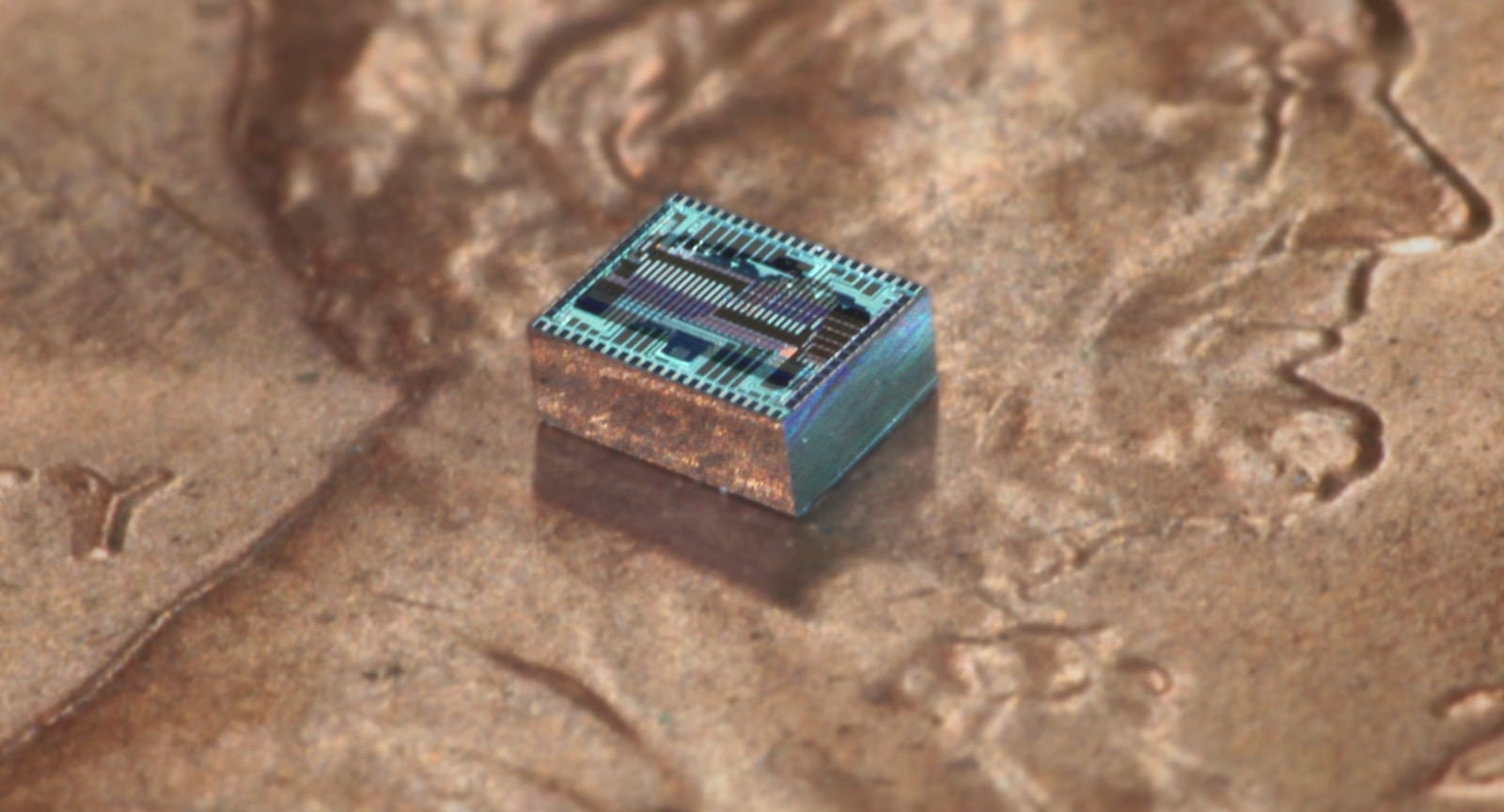
VTT, the Technical Research Centre of Finland, is currently field testing a prototype large-scale solid oxide fuel cell (SOFC) that the organization hopes will provide efficient, cheap grid power from natural gas and biogas.
The VTT system is unique in that it uses a single 10 kW planar SOFC stack to produce a year’s worth of electricity for a typical apartment block.
The SOFC system is being developed as part of VTT’s Tekes Fuel Cell Program, and represents the first time a 10 kW power class planar SOFC fuel stack has been operated as part of a complete fuel cell system. The VTT fuel cell system is larger in scale than the Bloom Energy Server (or “Bloom Box”) that was revealed in 2010. Where the Bloom system is designed to power office buildings and similar applications, VTT sees its high-power fuel cell stacks powering the commercial electrical grid.
The VTT system is currently undergoing endurance testing for reliability, durability, and to determine further development needs. Although some of the system’s components are prototypes developed at VTT that have not yet reached mass production, VTT says the system has operated reliably for more than 1,500 hours since the beginning of November 2010.
An SOFC uses electrochemical conversion to produce electricity from the oxidizing of a fuel. An SOFC’s electrolyte is made from solid oxide, or ceramic, material. The advantages of this type of fuel cell are low emissions, stability, and fuel flexibility. VTT says its SOFC can use a wide range of fuels including biogas. SOFCs generally have a higher operating temperature than other types of fuel cells, which can affect their mechanical and chemical design.









